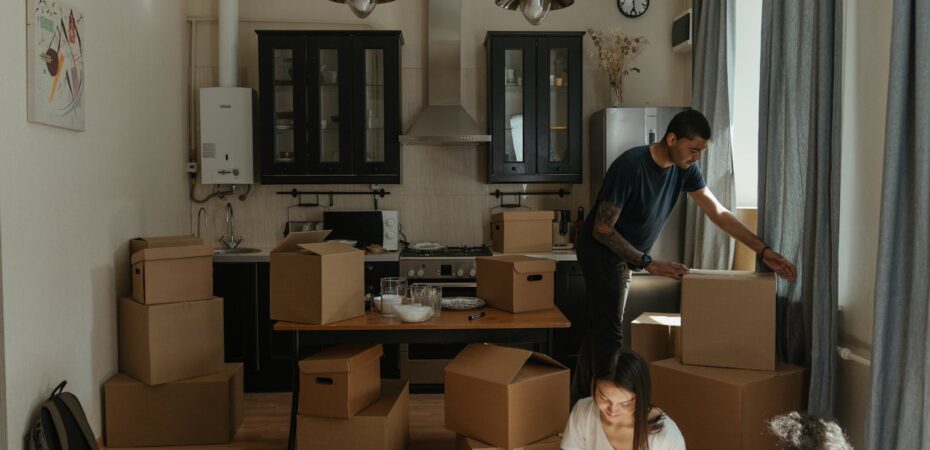In the event of theft, natural disasters, or other emergencies, people and pets often come first, with belongings coming at low priority. Of course, we all have priceless possessions that are worth keeping safe, and it’s important to have a plan to protect these. Here are some ways to keep your belongings safe in case of an emergency:
Take Stock of Valuables
To protect your belongings, it’s important to fully understand their value. Take a look at your possessions and identify which ones you need to give a bit more protection, and which ones you can simply replace if something ever happens to them.
Safeguard Originals
If you have the original paper that needs to be kept safe, such as important documents, photos, living wills, etc., make copies of them.

This way, you’ll always have something that you can show as proof of the real thing while keeping original documents safe from everyday wear and tear. For an added layer of protection, it’s best to upload these copies online or into a hard drive or USB stick, too.
Invest in Proper Storage
A good safe can do an excellent job of protecting your belongings in case of natural disasters. They may be a bit expensive, but it’s best to invest in waterproof and fireproof safes. This is where taking stock of your valuables comes in handy as you’ll know how much storage you’ll need to keep all of your valuables.
Alternatively, you can invest in a security box in the bank for important banknotes and documents. You may also get a separate storage facility for larger items.
Get Insured
Getting something like tenant content insurance is a simple yet effective way to protect your belongings in an emergency. Policies like this are designed to help you recuperate the value of your belongings under a covered event. Ideally, you’d be able to save them from the get-go, but insurance is an excellent backup plan in case you’re unable to go back for your things in an unexpected situation.
Make an Action Plan
Take some time to make a course of action in case of an emergency, highlighting what items you want to prioritize for saving and how you can ensure that they are safe. For example, you can put valuables in go-bags for convenient retrieval. You may also strategically place storage areas, whether that’s a safe or a hard drive so that they can easily be accessed when something bad happens.

When creating an action plan, you must consider other members of the household or rental property, as well. Make sure that they’re involved and that they understand any responsibilities you might assign to them when it comes to protecting your valuable belongings!


 By
By 




